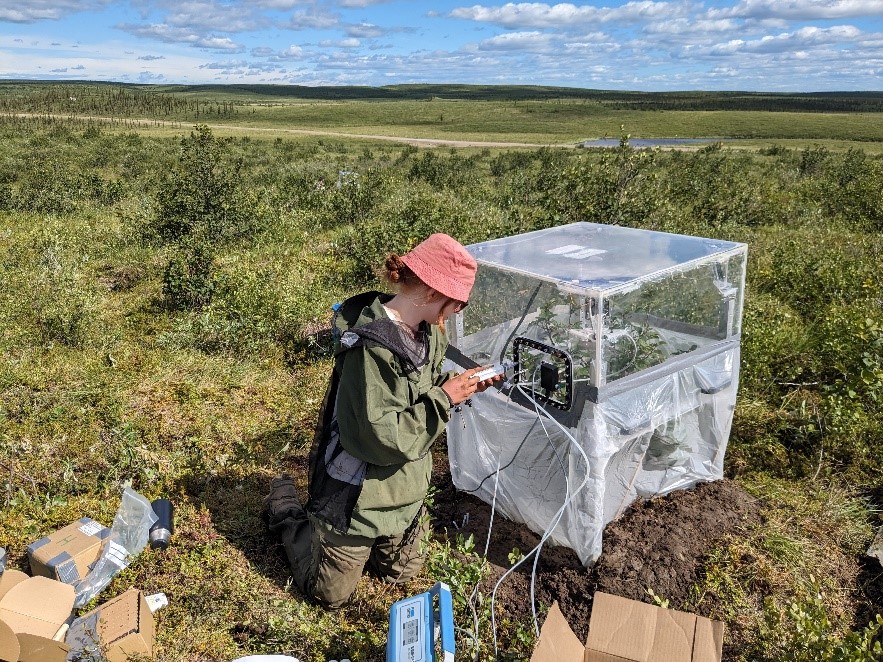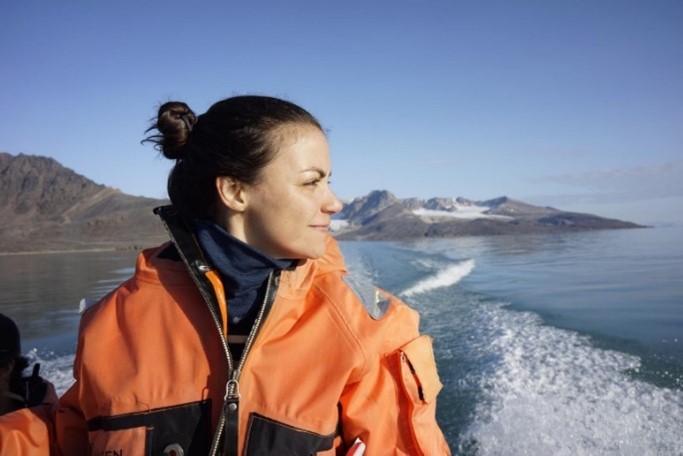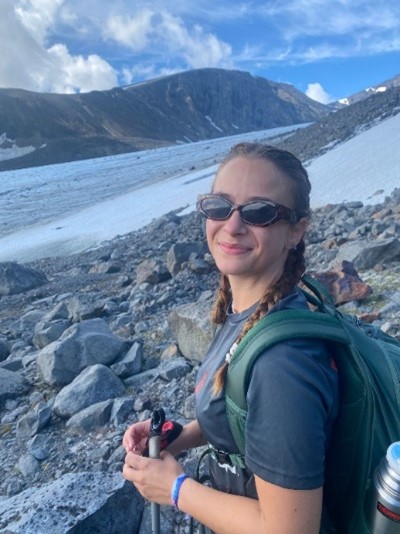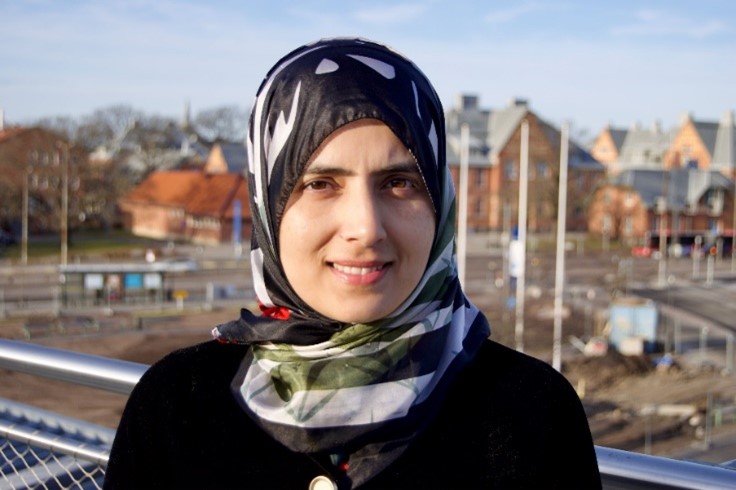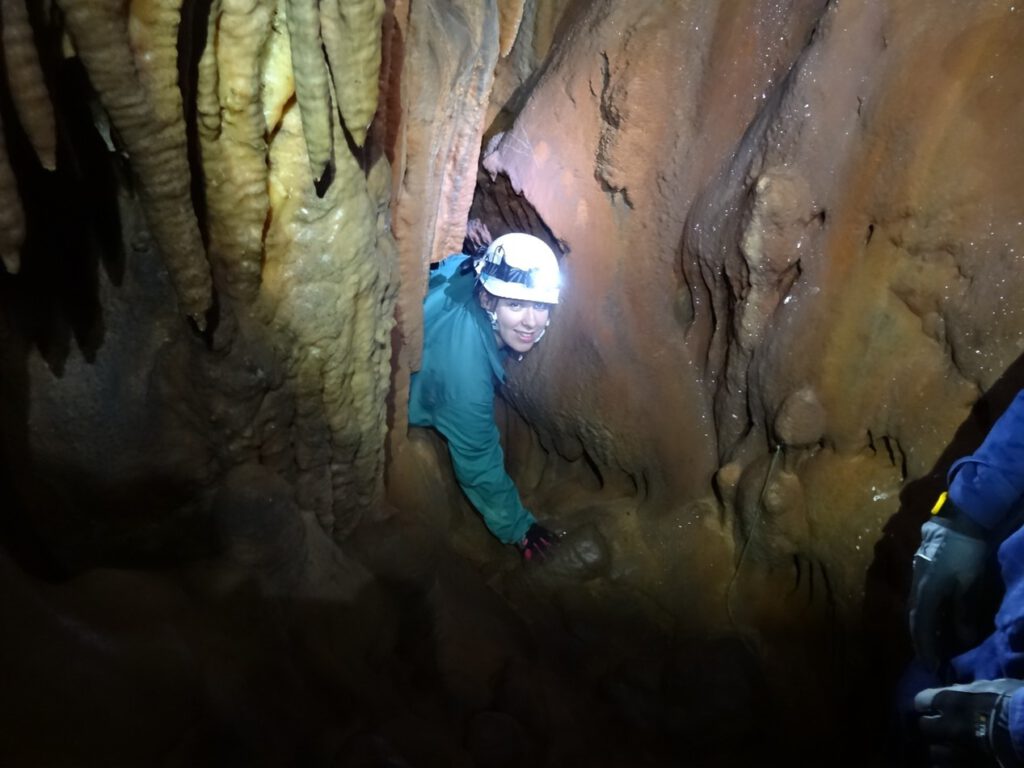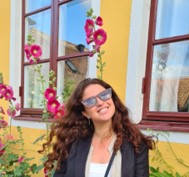EVENT
Date: Friday 29 September 2023
Time: 10.30 – 13.30
Location: AlbaNova universitetscentrum
SPEAKERS
Rica Wegner: The role of plants in a changing Arctic
Info: The frozen soils of the Arctic act as the freezer of our climate system locking away valuable soil organic matter! Currently, global warming is opening that freezer causing soils to thaw and to release carbon and nitrogen into the atmosphere. Globally, scientist observe that the Arctic is changing including shifts in vegetation types, abundance and rooting depth. But what role do plants play in the biogeochemical cycles of a changing Arctic?
I am Rica, a PhD student at the Environmental Science Department at Stockholm University where I study plant-soil interactions in the Arctic. Come and join me on my last field expedition, where we traced photosynthetic carbon back into the soil during an Arctic heatwave!
I am an evolutionary ecologist studying the drivers and consequences of changes in ecological species interactions over evolutionary time. My research has focused on combining host use records, phylogenetic information, network theory, computer simulations, and bayesian inference to study the evolution of butterfly-host plant interactions and butterfly diversification.
I am currently a Postdoctoral Researcher at the Swedish University of Agricultural Sciences in Uppsala. My project is financed by the Swedish Research Council and its main goal is to predict butterfly-plant interactions in the future using phylogenetic and species distribution modelling.
Abigail Robinson: What can we really see from space?
Has someone ever told you that we can see the Great Wall of China from space? Or the pyramids of Giza? While one of these is true and one is false (Hint: It’s not the Great Wall!), there are hundreds of fascinating environments, structures and events that we can see using Earth Observation satellites. Owed to our ever growing improvements of satellite technology, scientists are able to monitor activity on our planet such as volcanoes, phytoplankton blooms and even penguin colonies from penguin poo!
Heather Wood is a final year PhD student studying the effects of land-use and climate change on Swedish bat populations. She will present her latest project assessing dietary competition between two of the most common bat species in Sweden. One of these species has declined rapidly in the last 30 years and the other species is stable and expanding northwards. This project was part of her highly successful citizen science project BatMapper that encouraged the public to report bat colonies from across Sweden and a selection of those even collected and sent her bat poo that was vital for this research.
Auriba Raza: Warmer and darker winters: effects on mental health
I am environmental epidemiologist and have studied the impact of environmental factors like air pollution and environmental characteristics around home and workplace on health and health-related behaviors. Currently I am studying the impact of weather on mental health of Swedish Working population. Temperatures at northern high latitudes are increasing more than twice as fast as the global average, thus the changes are particularly noticeable in the Scandinavian countries. Changes in winter temperatures would results in increased rainfall and decreased snowfall. Moreover, increased cloudiness will reduce the amount of solar radiation reducing the daylight exposure in already dark winters. Depressive mode is prevalent in Sweden during winter periods. This condition, seasonal affective disorder (SAD), is commonly associated with reduced exposure to daylight. I am studying the associations between seasonal variation in daylight intensity, i.e., solar radiation and mental health. I am also looking at the impact of temperature/thermal comfort on mental health, sickness absence, and health-related behaviors.
Yan Ma: Climate change and health, what is more than heat stroke?
In recent years, many cities in Europe have experienced an increasing number of heatwaves. We understand that such extreme weather events are linked to climate change and can pose serious risks to our health. But what other health risks does climate change cause? I am a scientist from Stockholm University. I explore the relationship between climate change and infectious diseases, tracing the changes in our health records in correlation with the climate and predicting future health risks.
Presentation goal: I aim to share examples of various health issues induced by climate change, issues that hold significant relevance to everyone’s daily life. This includes, for instance, tick-borne diseases and the effects of pollution. I will also discuss what actions we can take as individuals to address these challenges.
Meighan Boyd: Caves, climate, and chemicals – Lots of ways to understand our environment
I am a climate scientist who spent many years working with exploring past climate and what past variation means for how we can predict climate change in the future. My research looked at how changes over short times (seasons) and long periods (ice ages) can be understood by analyzing materials found in caves. Today, I put that curiosity to work in the private sector, working with climate technology to help fix or prevent climate change, as well as finding ways to limit the harm we are doing to our natural environment, by finding and understanding pollution and chemicals in the environment.
Presentation goal: Show how academic research can be taken into private sector settings and the skill set is transferable, and not all scientists work at universities!
Guadalupe Sepúlveda: Climate change, bumblebees, and pollination
I am a second year PhD student working with bumblebee physiology, behavior, and pollination services. My research focuses on exploring how climate change, particularly heatwaves, affects bumblebee foraging and pollination. I will talk about my latest projects about the effect of temperature on bumblebee thermoregulation, flight, and vision. I will also talk about why these creatures are considered master pollinators and why we should ALL care about them!
Oindrila Ghosh: What is our universe, mostly? Dark matter, black holes, and cosmic magnetic field
If only five percent of the cosmos is known to us, what is the rest made up of? How can we observe this darkness? What made some of the regions in the universe sprawling with bright astrophysical objects while the rest seems to have too little of it? Why do we find magnetic fields everywhere in the densest and rarest of structures—from planets, stars, and galaxies, and galactic clusters, to the cosmic voids? How do such magnetic fields in different regions differ from one another and how did they come into being in the first place? What do black holes have to do with it? Can they help us answer some of these questions?
I am a researcher in theoretical and computational cosmology and astroparticle physics at the Oskar Klein Centre, Stockholm University. I got drawn to the night sky and the largest celestial scales when I was about five years old and then during my teen years became interested in the smallest of scales human scientific endeavours can probe, the realm of subatomic particles. I combine the two extremes in my research, which on a day-to-day basis looks like a combination of vast amount of reading, some pen-and-paper or chalkboard calculations, and lots of computer programming. Ask me anything!

